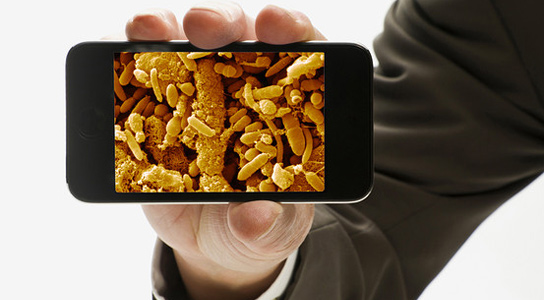
Lab tests show that most phones have abnormally high levels of coliforms, a bacteria stemming from fecal contamination.
Smartphones’ proximity to people’s ears, nose, and mouth make them a good vector for transferring microbes. Bacteria and other infectious agents on smartphones can cause the flu, pinkeye, or diarrhea. Lab tests show that most phones have abnormally high levels of coliforms, a bacteria stemming from fecal contamination.
For people who want to keep a clean phone, it can get confusing since there is a lot of disconnect between medical research and what device makers suggest for cleaning and sanitizing. Many of the products made for mobile phone cleaning can sometimes damage the phone’s coating or fail to remove all of the germs.
The HML lab tested for different cleaning methods, including water, alcohol, Windex, and Nice ‘N Clean electronic cleaning wipes. Of those four, alcohol performed best, removing 100% of the bacteria. Water was the least effective.
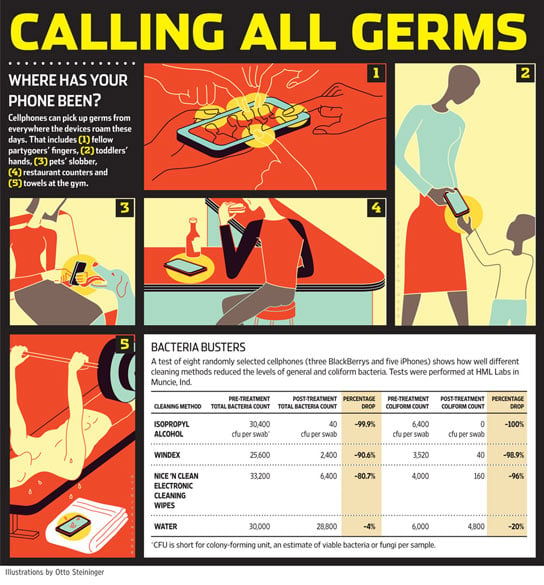
Germs on phones infographic, via Wall Street Journal
People are just as likely to get sick from their phones as from handles in bathrooms, states Dr. Cain of the American Academy of Family Physicians. Most phones’ coating will be damaged by the use of window cleaners, household cleaners, aerosol sprays, solvents, alcohol, ammonia, or abrasives.
Corning Gorilla Glass can be cleaned with standard off-the-shelf cleaning products like alcohol wipes, and the performance of the glass won’t be damaged, but it could affect the smartphone’s performance. Microfiber cloths clean most organisms as well as oil and dirt, but it’s not enough, as for some bacteria, humans need to ingest as few as 10 organisms to be affected adversely.
A 2011 study from the University of Cape Coast in Ghana that sampled 100 college student cell phones, noted high concentrations of bacteria and diversity of bacteria on the on phones. Another published study found that 20 to 30% of viruses can be easily transferred from fingertips to a glass surface, like that on a touch screen.
UV disinfectant wands may be the best cleaning solution because the UV light kills germs without any need to touch the phone. A new product called PhoneSoap, which uses UV-C light to clean the phone while charging it, will begin shipping to consumers in January 2013.

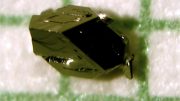
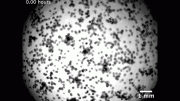




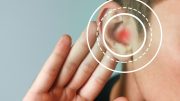

Be the first to comment on "Smartphones Are Great for Sharing Bacteria"